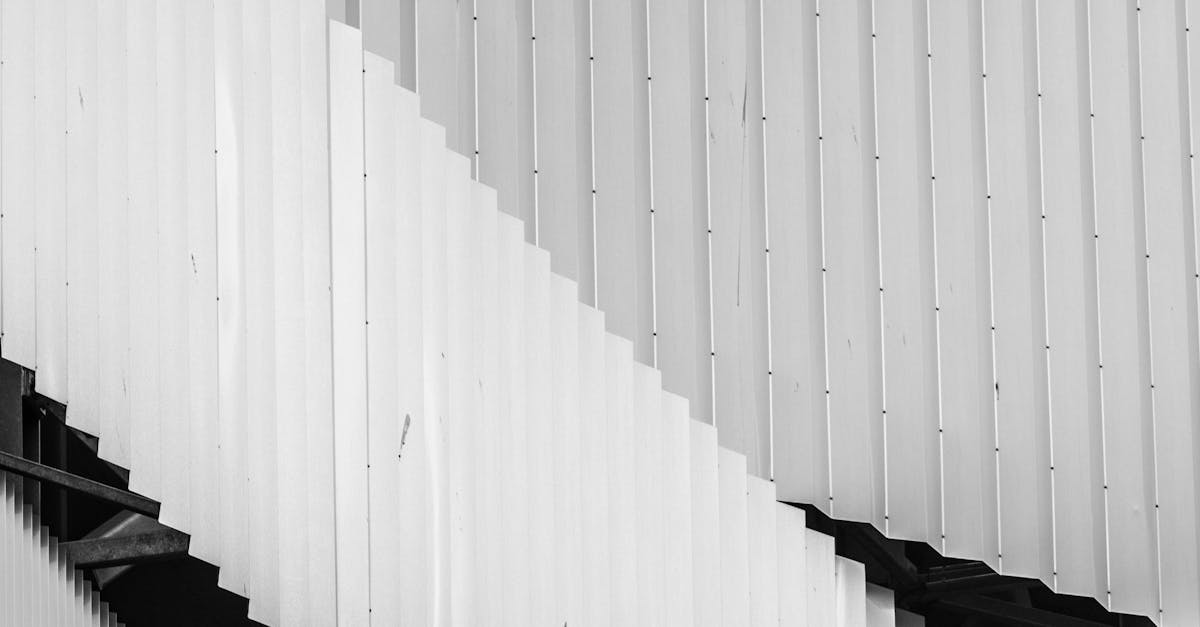Roofing with Metal in Sydney

Table Of Contents
Roofing with Metal in Sydney
When considering a roofing option that combines durability, energy efficiency, and aesthetic appeal, many homeowners in Sydney turn to metal roofing. However, like any building material, roofing with metal in Sydney can come with its own set of challenges. It is essential to be aware of Common Metal Roofing Problems Sydney that can arise during installation or after the roof has been in place for some time. By understanding these issues, homeowners can protect their investments and ensure the longevity of their roofs.
One of the key aspects of maintaining a metal roof is recognizing the potential issues that may arise over time. From corrosion and rust to fastener problems, each of these common metal roofing problems sydney can impact the overall performance of the roof. By addressing these concerns early on and seeking professional metal roofing services in Sydney, homeowners can enjoy the full benefits of their metal roofs while minimizing complications and costly repairs down the line.
Energy Benefits of Steel Roofs in Australia
Steel roofing offers notable energy efficiency for homeowners in Australia. Owing to their reflective surfaces, these roofs may diminish heat absorption, keeping indoor spaces at a lower temperature. Such a trait not only improves energy efficiency of cooling systems but also contributes to lower energy bills over time.
Moreover, metal roofs tend to be durable and demand minimal maintenance, further causing additional savings. These highly reflective surfaces assist in keeping homes at a lower temperature, notably during the scorching summer months in Australia. Opting for metal roofing may be a beneficial choice for homeowners looking to maximize their energy efficiency while promoting a more eco-friendly environment.
How Aluminum Roofing Can Minimize Energy Bills
Aluminum roofs offer exceptional thermal resistance properties. This thermal resistance helps control pleasant indoor temperatures, lowering the need for heating. Thus, property owners can see significant reductions in their energy bills. Additionally, the reflective surface of aluminum roofing functions to deflect solar radiation, ensuring homes cooler in the summer months.
Choosing aluminum roofing can bring about long-term financial benefits for homeowners. This type of roofing material is known for its durability and longevity, indicating that it requires less frequent replacement. This longevity leads to fewer costs associated with maintenance. Ultimately, this not only saves expenses over time but also contributes to a more sustainable and energy-efficient living environment.
Styles in Metal Roofing for New Properties
In recent years, steel roofs have gained immense popularity among modern homes. Property owners are increasingly drawn to the resilience of steel roofs, which can withstand harsh weather conditions while requiring minimal maintenance. The sleek appearance of steel roofs also complements various architectural designs, making them an attractive choice for new builds. Additionally, the diversity of colors and finishes available allows homeowners to customize their roofing to suit their personal style.
Another significant trend in steel roofs is the growing focus on sustainability. Many new homes are incorporating eco-friendly materials, and steel roofs fit perfectly into this trend due to their recyclability and energy efficiency. Cool coatings are also becoming more popular, as they help reduce heat absorption and lower energy costs for property owners. The integration of solar technology with steel roofs is further enhancing their appeal, allowing for innovative energy solutions in modern builds.
Exploring Popular Aluminum Roofing Styles
Aluminum roofing has growing in trends among homeowners because of its strength and visual attractiveness. Emerging designs include modern finishes, and they offer a neat look that enhances various architectural styles. Numerous homeowners are choosing metal roofs that resemble traditional materials like wood or slate, allowing for a evergreen appearance while benefiting from the long-lasting properties of metal.
Beyond aesthetics, emerging metal roofing styles like standing seam and corrugated panels are increasingly prevalent. These types of styles are not only provide excellent protection against the elements, but these designs also enable easy installation and maintenance. By the increasing interest in sustainability, many homeowners are turning to metal roofing as a sustainable option that can reflect heat and lower energy costs.
Eco-friendly Advantages of Metal Roofs
Metal roofing provides significant sustainable benefits when compared to traditional roofing materials. These roofs are often made from recycled materials, which decreases the need for new resources and diminishes waste in landfills. Furthermore, metal roofing is highly durable and can last for decades, which means fewer replacements and less environmental impact over time. This durability also translates to lower energy consumption during production, making it a more sustainable choice.
One more sustainable perk of steel roofing is its energy efficiency. Such roofing systems reflect solar heat, which helps keep homes cooler in the summer months, leading to reduced energy costs for air conditioning. This energy savings not only saves money for homeowners but also adds to lower greenhouse gas emissions. Also, many metal roofing systems are designed to be installed over existing roofs, which further minimizes waste and reduces the need for new materials.
Why Choosing Steel Roofing for Sustainable Homeowners
Steel roofing offers numerous benefits for sustainable property owners. An important feature is its ability to save energy. Metal roofing reflect heat from the sun heat, which might significantly lower cooling costs during sunny months. In addition, these roofs are resilient, often exceeding traditional roofing materials, which means fewer replacements and waste.
Choosing metal roofing also contributes to eco-friendliness. Many metal roofing materials are made from repurposed content and are themselves 100% recyclable at the end of their lifespan. This closed-loop approach minimizes the demand for new resources and conserves the environment. Additionally, these roofs are less susceptible to mildew and fires, making them a safer option for green property owners looking to boost their property's eco-credentials.